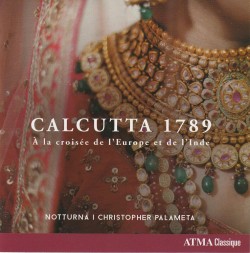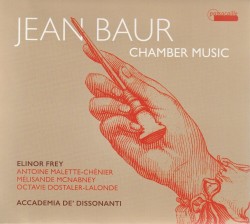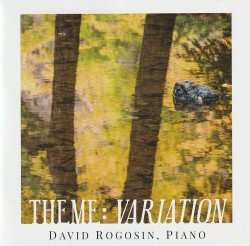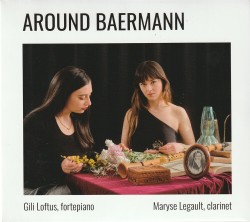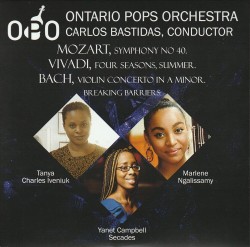James Oswald: Airs for the Seasons - Rezonance Baroque Ensemble
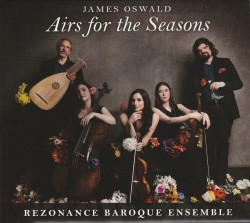 James Oswald – Airs for the Seasons
James Oswald – Airs for the Seasons
Rezonance Baroque Ensemble
Leaf Music LM266 (leaf-music.ca)
As with many 18th-century Scottish composers, much of James Oswald’s music can be heard as art music or as traditional. On this recording of selections from his Airs for the Seasons, a set of 48 chamber suites named for seasonal flowers, Rezonance Baroque Ensemble plays within the stylistic expectations of Baroque music but brings a sparkling playfulness suggesting Oswald’s connection to the traditional music and dance of his day.
The dynamic Oswald was composer to King George III, but previously a cellist and dancing master and then publisher of the 12-volume Caledonian Pocket Companion. It’s from this collection of “Scotch” airs that many traditional musicians know him.
Oswald is mistakenly given credit for some of the tunes in his Caledonian, but when you hear his own music you can understand why. Having played and sung with violinist and fiddler David Greenberg in his 1990s project Puirt a Baroque, which pushed the genre boundaries of this repertoire, I recognize the movements in his Seasons which might be based on or inspired by traditional tunes. For example, Cowslip: III would make a fine reel if you added a bit more swing and stress on the backbeats; and with some swagger, Daisy: II could be a square dance jig.
This repertoire is rich with possibilities for colour and mood changes, and Rezonance explores these deftly with a lovely sense of ensemble and some beautiful expressiveness. The recording has a lot of reverb but it complements the timbres of their historical instruments.


